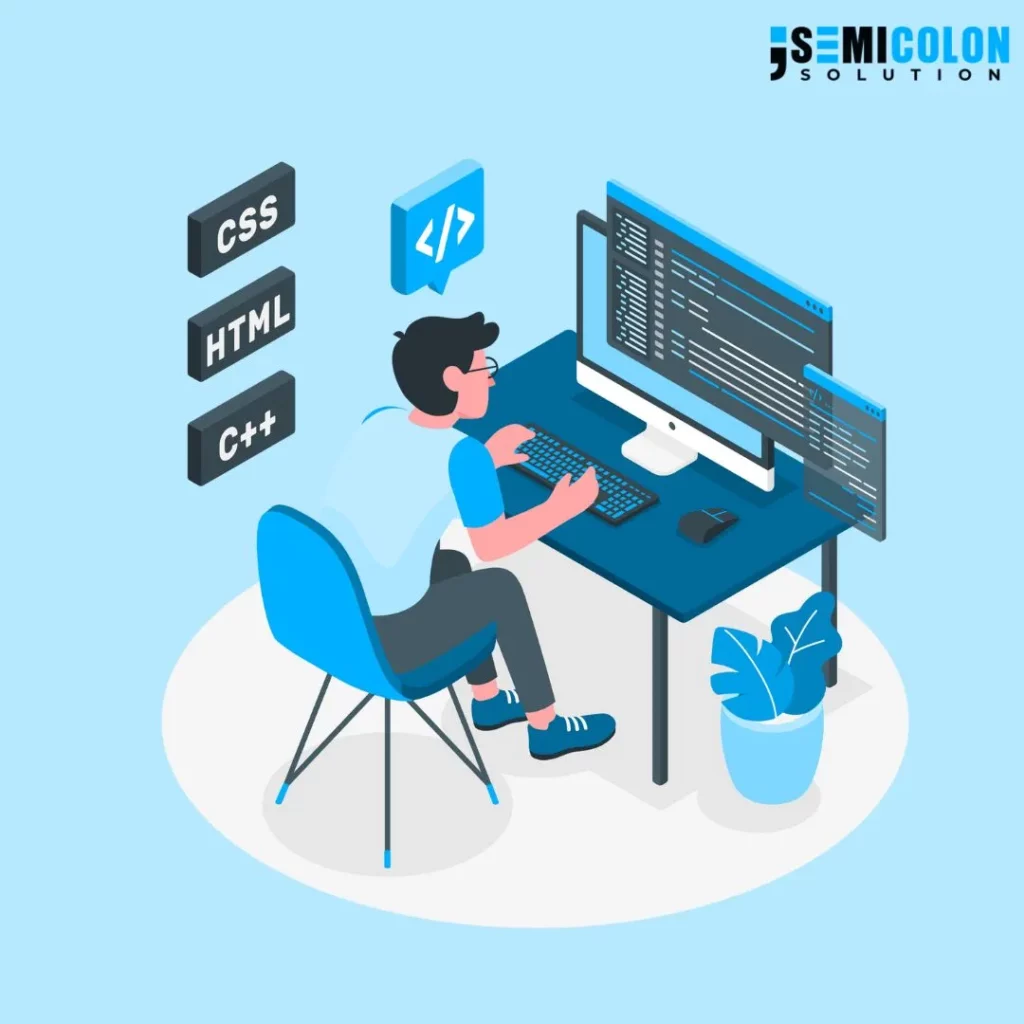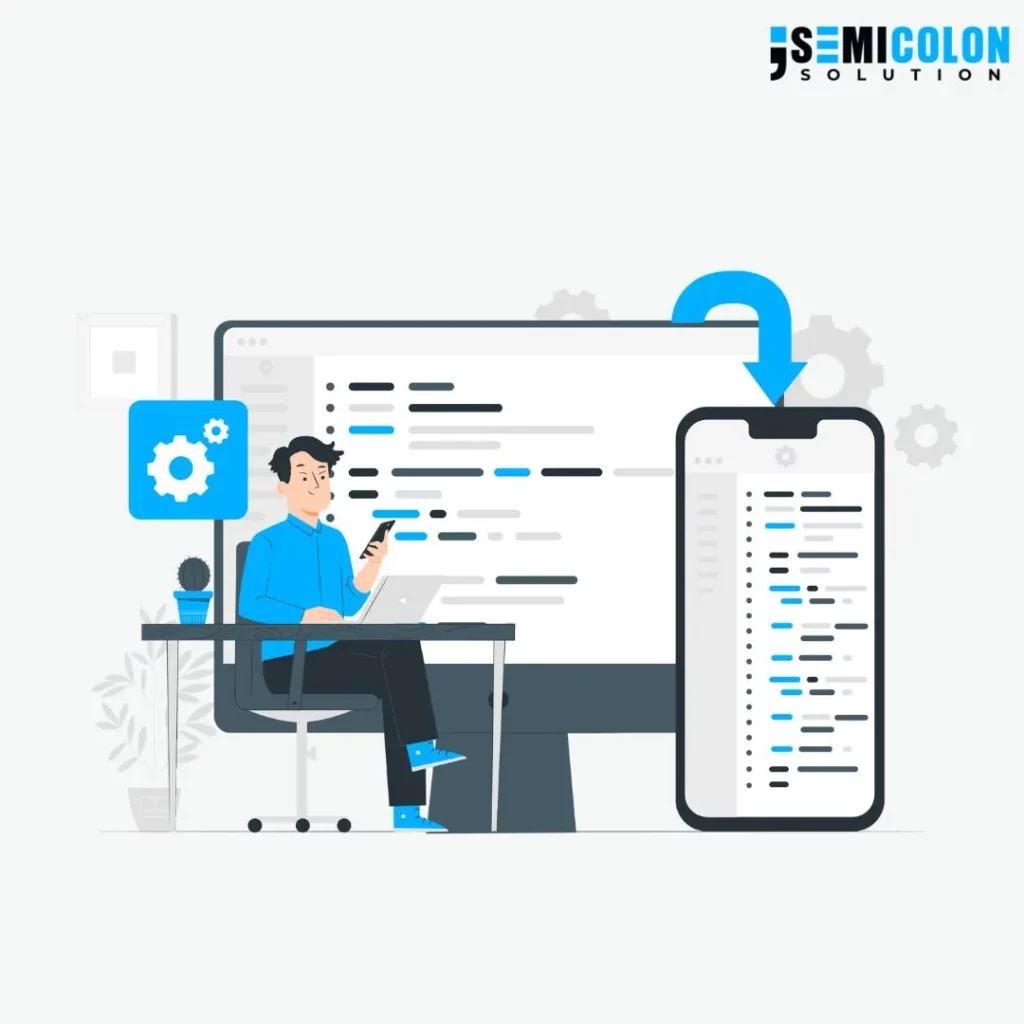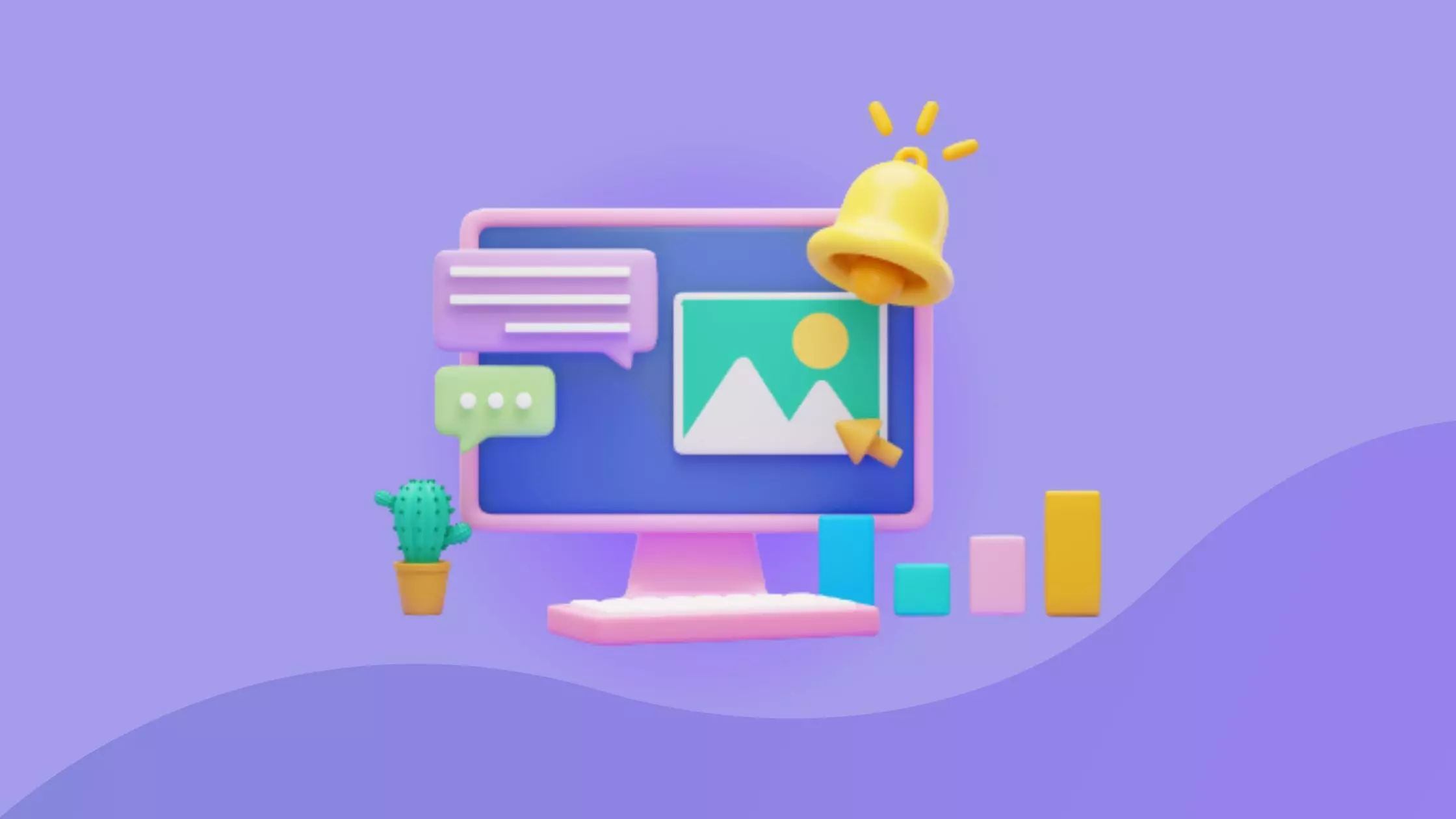Do you know how many websites there are currently on the internet?
There are 1.14 billion websites on the internet and the number has been increasing very well.
The number might have significantly increased as you read this blog post, and it always will.
Understanding each form of web development and its technology is essential in this cutthroat period of web development.
We have covered the issues below in great detail to assist you to understand the different styles of web development.
What is Web development?
One of the most well-liked subfields of computer science is web development and for obvious reasons. A vast range of web pages can be made using this flexible field.
Simply speaking, web development is a vast concept, which includes creating, building, and maintaining a website or an application. Basically, it is a creation of a website that too from scratch. Sounds exciting, isn’t it?
Well, it’s just the start, there is much more to this topic than the mere meaning of web development such as web design, web publishing, web programming, database management, and many more.
So keep reading the article to find out in-depth stuff about developing in simple words cause we don’t believe in complicating the stuff that is already complicated, duh!
Before we dive deep into all technicalities let’s get an understanding of some basic words that are overly used in this article.
What is a Website?
A website is a collection of numerous HTML-written web pages that are stored digitally using Hyper Text Markup Language or commonly known as HTML.
If you want everyone in the world to be able to view your website, it must be kept or hosted on a device that is always connected to the internet. These computers are called web servers in technical language.
Now that we have discussed the meaning and some basic stuff about web development, let’s move on and see the types of web development.
What are the types of web development?
To begin with the types there are mainly 6 types of web development prevalent in the technological world. Don’t worry we are gonna take a deep look at each one of them. Let’s start with….
1. Front-end development
A front-end developer’s hand is behind all of the buttons, links, animations, and other elements you see on the website. In simple words, it is the developer’s responsibility to translate the client’s vision and design using the code.

A front-end developer designs every element of the website including the logo, search bar, dropdown menus, tools, layout, and AI-powered user interface that facilitates the interactivity between users and the website. The style, look and feel of the website are in the control of the front-end developer.
Additionally, the developer’s most essential duty is to make sure that the website is feasible and accessible on every device including phones, computer screens, tablets and etc.
However, the job of a front-end developer is quite challenging and yet exciting at the same time there are some much-needed skills required to become a front-end developer such as HTML, CSS, JavaScript, DOM Manipulation, JSON, AJAX, and design skills. These were just a few of many.
If you want to build your own website for a business that keeps users engaged and enhances their experience, choose us as your web development services provider, and then leave all tasks to us.
2. Back-end development
Have you ever wondered what happens on a website in the background? I mean what actually happens when you hit a button to visit another page? And what happens to your private data when you register for a trial version, free boot camps, and all that other stuff?
Well here comes the back-end developers, they are engaged on the server side of the website they are responsible for managing and processing the data that we talked about earlier. Back-end devs are engaged in tasks that you cannot see, such as data storage and security.
Their work mainly revolves around APIs (Application programming interfaces), focusing on databases, back-end logic, servers, and architecture.
Another mistake that people tend to make is, considering back-end developers and back-end engineers as the same but let me clear it for you that both are different responsibilities however they have somewhat similar technical skills.
To sum it up engineers develop the overall plan while developers concentrate on smaller components of the entire plan.
To become a back-end developer you need to have complete knowledge of programming language, databases, frameworks, and servers.
3. Full-stack development
Again, the market for full-stack developers is highly cutthroat because of the strong demand for technological advancement.
But what does full stack developer mean? apparently, the word full stack itself gives it way, to simplify the meaning these are the developers who have profound knowledge of both frontend and backend.
Full-stack devs are well-versed in client-side as well as server-side skills. They must be exceptionally creative, detail-oriented, graphically educated, and internet & tech-savvy.
These are the tools and languages that full-stack developers need to be fully cognizant of.
- Angular JS, Ember.js, Node.js, and Vue.js
- Apache HTTP Server and Microsoft SQL Server
- AWS
- CSS and JavaScript
- jQuery
- Laravel
- MySQL
- Nginx
- PHP
- Polymer
- React
- Ruby on Rail
4. Progressive web app (PWA) development
As we said earlier, technology is changing day by day and the information technology (IT) field is bringing the latest solutions to make the web more amazing.
Nowadays, businesses are choosing progressive web app (PWA) development to make their business available on mobile applications and websites.
Simply put, PWA combines the technology of web and native applications and it adds mobile app functionality to websites.
If your business needs a mobile and web, then PWA development is an option for you.
5. CMS web development (No code development)
CMS stands for a content management system which is commonly referred to as No code development. You did read that right, With the use of CMS web development, you may build a website with little to no technical expertise.
When developing a website, a content management system (CMS) enables you to easily generate, manage, edit, and publish content.
By downloading or purchasing themes and plugins, you may alter the look and feel of your website without writing any code.
There are many CMS platforms out there that make creating a website an easy task for non-technical people; such as WordPress, Joomla, Wix, Squarespace, Magento, Ghost, and many more.
Nowadays many business owners prefer this kind of platform as it is less expensive, requires fewer resources, and consumes less time.
6. Saas web development

Saas means Software as a service that offers users ready-to-use software via a web browser without installing it to the desktop or mobile.
SaaS Developers often concentrate on producing comprehensive solutions utilizing web-based technologies like HTML, CSS, Javascript, PHP, Python, and Ruby, along with pertinent frameworks. Additionally, they are proficient in a variety of development approaches and practices, including database design & administration, MVC, and other software design patterns.
Complete the Process of Web development
Now that we have discussed the types of web development let’s take a look at the process of web development as in how exactly it starts and where it ends.
1. Research
The first and foremost step is to gather as much information as possible and decide how you want your website to look and function.
Whether you want a service kind or an e-commerce website. The most essential thing is knowing your customer i.e, your target audience.
2. Designing the interface
Now, It’s time to start developing your website. The brand identity on the website must be strengthened by the thoughtful and appropriate application of visual components like the logo and brand colors during the design process.
One or more website prototypes are often made by the team throughout the design process to get the nod from the client.
3. Developing a website
so when the client is fully satisfied with the prototype actual work begins of creating the website. This phase includes coding and deciding on features like pages, menus, widgets, etc.
4. Test and Launch
The testing procedure may begin once the material and the images are ready. To ensure that the website is presented correctly across all browsers and that all links are operational, every page must be checked.
The wording of titles and descriptions even affects how well a webpage performs in different search engines.
Conclusion
So we can say that there are various types of web development out there and each development has its own specificity. Now it’s your turn to choose one wisely.
If you have an idea or concept about a project and want to kick-start your project, let us know your requirements, and let’s discuss it.



